Agents are selling houses on the basis of easy access to schools in the neighbourhood.
Here is an example of the spiel from Bingley Street.
Read the text
Where the community of Notting Hill meets. A website devoted to recording the life and changing future of Notting Hill residents. It reports on the life and times of the residents and the community – its responses to development and the decisions of government; Melbourne 2030 Planning along with its fun times and carnivals. http://nottinghillmelbourne.blogspot.com and http://www.nottinghill.org.au




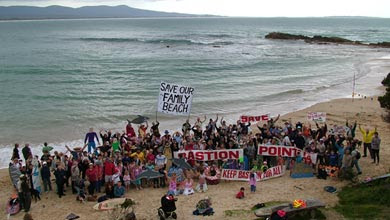
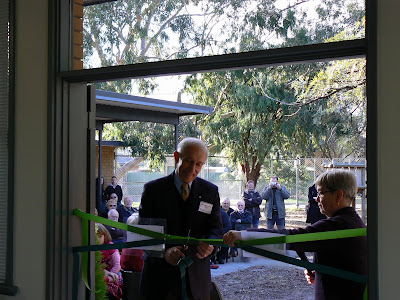
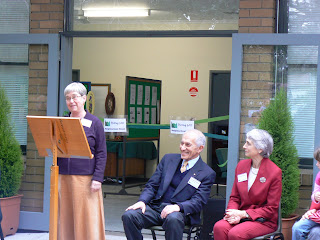
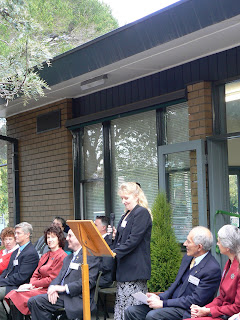





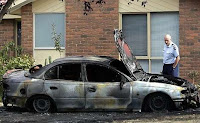

Dear Ward Councillors
Some of you may know of me and some may not, but I write to you as a resident of the Oakleigh Ward living in the suburb of Notting Hill, regarding our total loss of open space in losing our two (2) schools.
Please find attached below an email that I’ve sent to our State MPs and also sent it to: Hong Lim, Gavin Jennings, Inga Peulich, Gordon Rich-Phillips, Bob Smith, Adem Somyurek, which I believe you should read.
Please be aware that the residents of the Notting Hill community have used these two school grounds for recreation over the many years either: after hours, during school holidays or over weekends.
We have never needed to request public open land previously, as we’ve all used these facilities, however, with their loss, the entire community will have no where to exercise, fly a kite, play footy/cricket etc and in comparison to other areas of Monash, we are totally lacking in open space.
Please explain how the 2 to 5% of land set aside, is calculated? What is the formula? and How old is this formula - 1920’s ?
As our Ward Councillors, I ask you all to familiarize yourselves with our area and assist your local community in retaining a decent amount of the land for the community.
I understand that you are all no doubt busy with the Oakleigh pool situation.
However, this issue is just as important to us, we too are in desperate need of some decent recreational area/facilities and I feel that our issue should be receiving just as much action from Council before it’s too late!
The responsibility for retaining some of this land is constantly being passed backwards and forwards between State Government and Local Council, but the issue still lies and is falling through the cracks.
This needs to be addressed and done so that it ensures this community’s future before this land goes to auction for the highest bidder.
To what lengths does the community need to go to, to get someone to pay attention and help us with this matter?
I’m more than happy to discuss this issue with you all and would love to hear from all of you on how you will be assisting your local community with this much needed land before it’s too late.
Kind regards
Melinda
And to the State members of parliaments Melinda wrote:
Dear Ministers
We have no public open space!! I hope I’ve caught your attention
I write to you as a resident for 10 years of the suburb of Notting Hill Victoria 3168 (Melways Map 70) and over the last 5 years, our suburb/estate has lost:
Day Care Facility – Old Rusden Uni Campus, Blackburn Road/Samada Street
Kindergarten – Westerfield Drive
Notting Hill Primary School – Samada Street
Monash Secondary School – Duredin Road, NantillaRoad & Dunlop Road
I am disgusted that our suburb has lost all of the above facilities and received nothing in their place! Let alone kept any land aside for future generations needs and requirements.
This is State owned land paid for by the people, yet nothing is being set aside for us! 2 or 5% is just not enough, we require the same facilities that our surrounding suburbs have, a sports oval with proper recreational facilities and playground.
The demographics of our suburb are changing with the increasing birth rate within our estate – where do our children go for easy and safe access to education, not to mention sporting activities?
We lost the Day Care facility on the Rusden site which has now been redeveloped into high-rise – medium density dwellings without any allowances for public open space.
Now the DEET are rezoning the primary school to residential and selling that off to the highest bidder, closely followed by Monash Secondary School which will no doubt meet the same fate!
Where is everyone going to exercise?
Our estates’ residents have all used these facilities over the many years as open space and without any recreational areas, what is the State Government going to give us to compensate us for loss of open space? If you look in the melways, you can see that our suburb is the only one in the vicinity that doesn’t have any green areas for open space but is slowly filling up with business parks and factories.
The only available land is owned by Monash University who also intend on developing it over the next 5>10 years.
I believed that the State Government were concerned with the increasing obesity problem, yet we’re losing all of our open space to developers who will fill it with more high density dwellings to gain maximum dollar. At what price do we pay for these losses?
Where do we go or take our children to play footy, or fly a kite? Not everyone has a car and can travel to other open spaces. Not to mention young 5 year olds walking to the nearest primary schools over major roads and across freeway on/off ramps.
What happens to the future generations within this area? There is an urgent need to set aside areas for future development… people are moving back into the suburbs for more affordable living, yet there is nothing being kept for the future. What happened to the 2030 Plan? Isn’t it supposed to allow for spread into residential areas outside of the activity centres?
It was recently published in the local Monash Journal Feb 12, A Monash University Urban Population Expert, has criticized the State Government for failing to retain public open space at former school sites.
We have been lobbying our local Monash Council for some of this land to be kept as public open space, but they say that it’s the State Government’s responsibility to put these reserves aside and that they can’t afford to purchase land for the local community.
I moved into this estate with the intention of building a home, starting a family and having my children be able to walk to kinder, primary school and high school… I now have a home and two (2) children and have to drive them to day care/kinder, so what is the State Government going to do for me and my neighbours?
I’m supposed to be living in the Garden City… not the high density, dual occupancy capital.
There is a total lack of concern for our suburb and its inhabitants and it’s about time someone took notice. We are not lambs lined up for the slaughter; we are human beings with needs and requirements that quite simply aren’t being met.
I’m happy to discuss any or all of my concerns with any of you who can find the time to speak to the people. I look forward to hearing from you
Sincerely
Melinda Ashton
Notting Hill Vic 3168
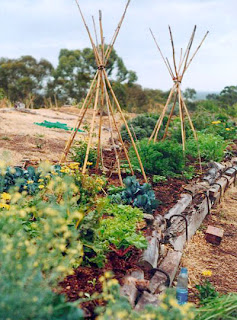
While there is real concern about the lack of space in Notting Hill and the lose of amenities such as the primary school and secondary college it is also important to think about what we as residents might to with public space if by some effort some becomes available for public use.
I would like to open the conversation on a community garden and gauge the initial level of support for such a proposal. I realise that establishing a community garden will not be easy and require a level of commitment and efforts of many before it becomes a reality.
We include some thoughts on the benefits of a community garden for residents. Community gardens are recognised worldwide as a great way to grow food, improve your health, meet people, and cultivate vibrant communities.
They:
The Minister for Planning in Victoria has often stated publicly that Melbourne 2030 is about protecting the liveability of Melbourne by encouraging the right development in the right places. This is exactly what resident groups are trying to do. Residents groups are not against all developments. They are however, against inappropriate developments.
In an ideal world, there would not be any need for the establishment of Concerned Resident Groups or Action Groups to campaign against developments in order to protect the liveability of Melbourne.
However we do not live in an ideal world. Inappropriate planning proposals from developers in the misguided belief that they comply with Melbourne 2030 have raised the level of consciousness within the community to problems associated with Melbourne 2030.
There may come a time when residents feel so strongly about a particular issue, that they consider campaigning against what they consider to be a proposed inappropriate development in order to protect the liveability of their suburb. They may even consider forming a resident’s representative group to allow the campaign to be more effective.
Forming and working in a concerned resident group to campaign against a proposed inappropriate development will require considerable time and effort from all members.
The decision to form or join a resident group and undertake such a campaign should therefore not be taken lightly, and should only be made after consideration of a number of issues.
Residents wanting to be heard have to consider:
Firstly decide if they wish to embark on a campaign against a proposed development.
Secondly decide whether they want to establish a representative residents group to undertake the campaign
Thirdly, appreciate the tasks need to be done in order to maximize their chances of achieving a desired outcome.
Finally, to obtain advice on how best to undertake these tasks.
This advice is from the Wheelers Hill Action Group within Monash Council who are sharing their experiences with other interest groups.

